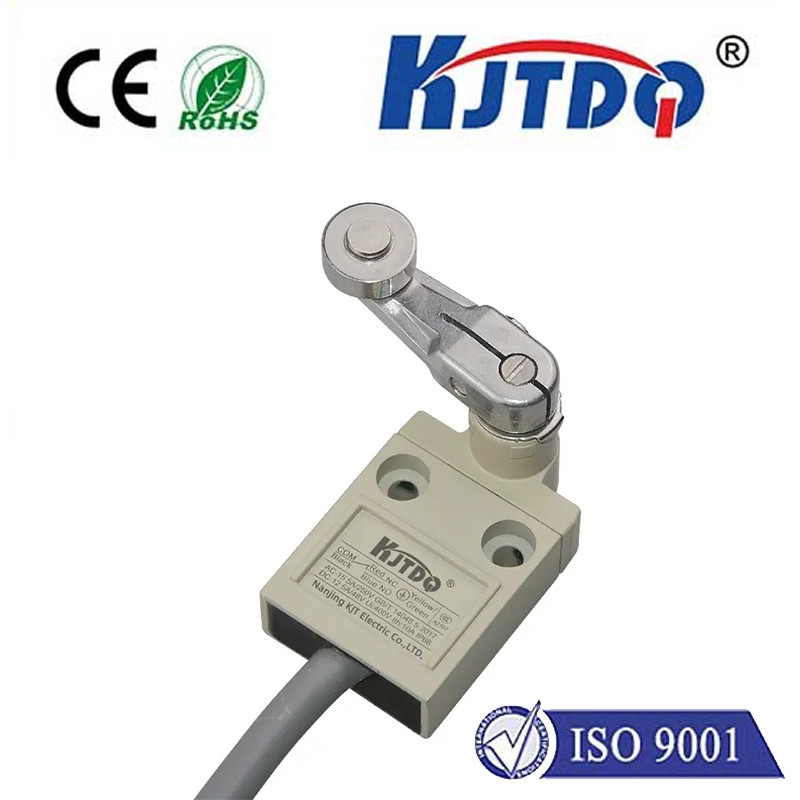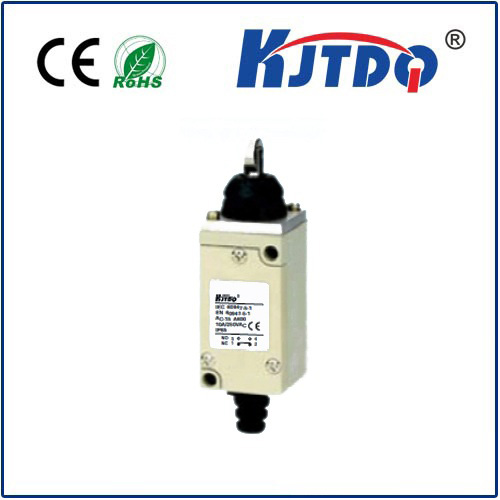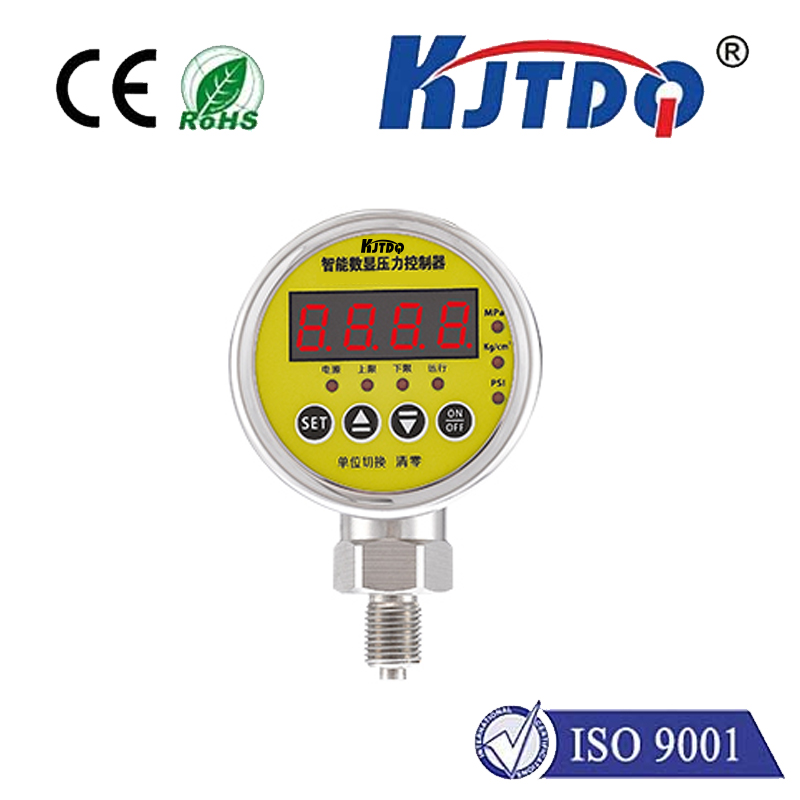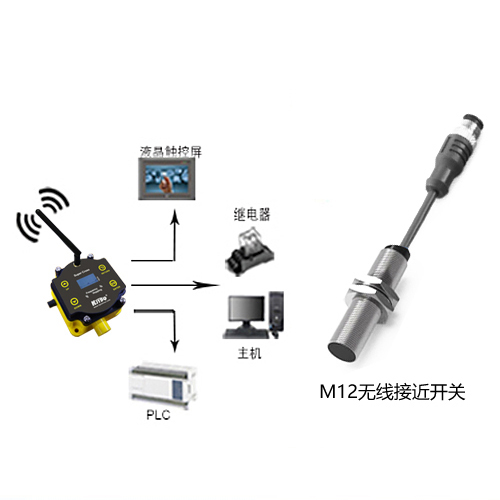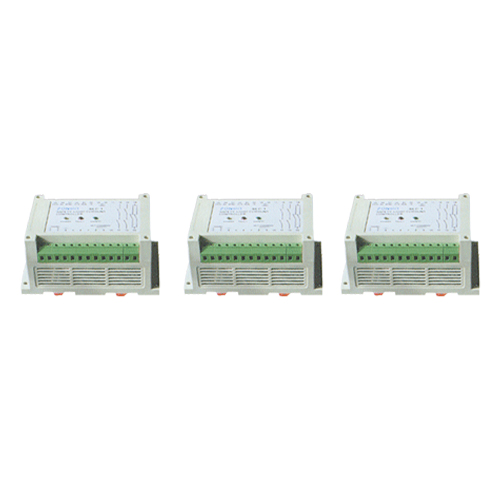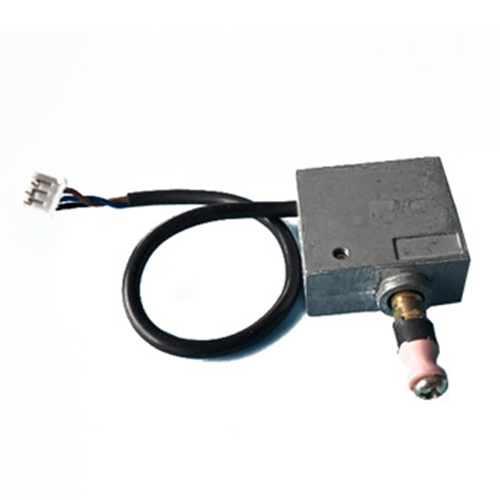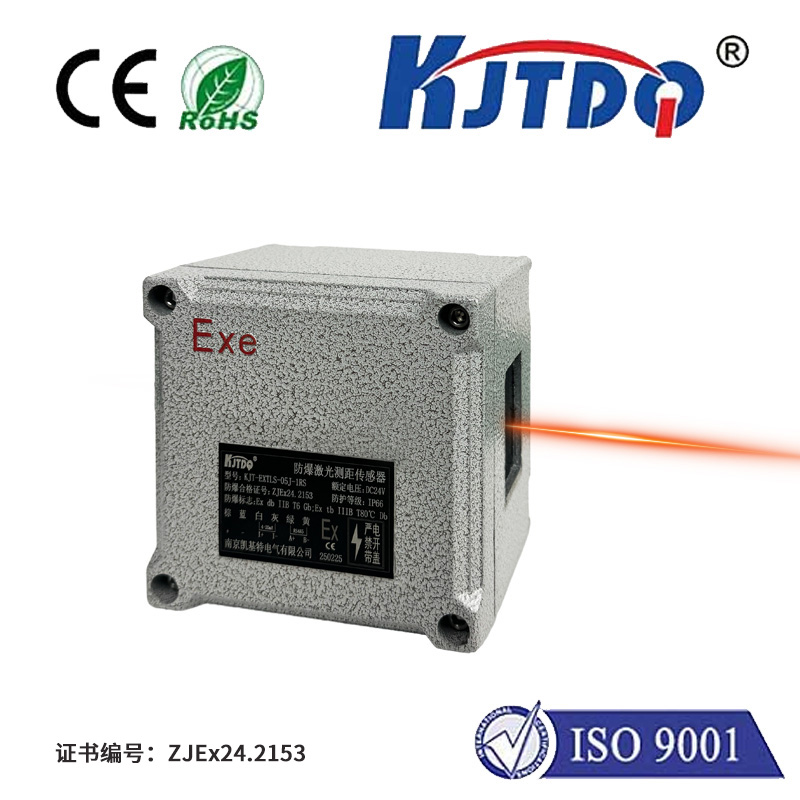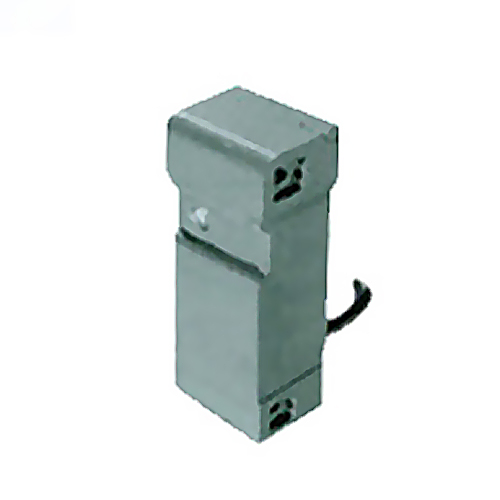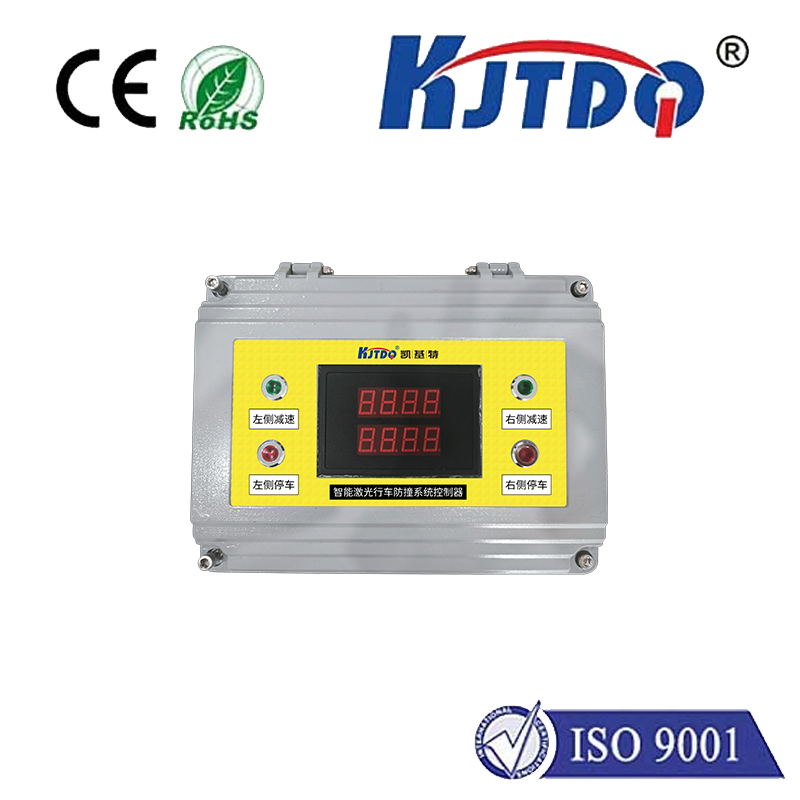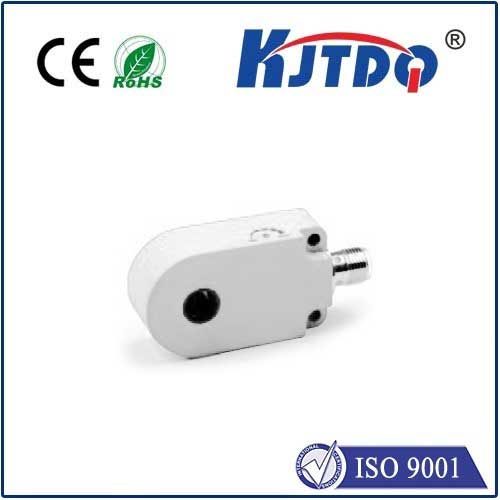analog distance sensor
- time:2025-07-01 13:10:14
- Нажмите:0
The Essential Guide to Analog Distance Sensors: Measuring the World Continuously
The ability for machines to perceive distance – to sense how far away an object is – is fundamental to countless modern technologies. From the vacuum robot navigating your living room to the precise positioning systems in automated factories, one of the most common and versatile tools enabling this perception is the analog distance sensor. Unlike their digital cousins providing simple “near/far” signals, analog sensors offer a rich stream of information, translating the physical world into a continuous electrical language. Understanding how they work and where they excel is crucial for engineers, hobbyists, and anyone fascinated by the interaction of electronics and the physical environment.
What Exactly is an Analog Distance Sensor?
At its core, an analog distance sensor is a device that measures the physical space between itself and a target object and outputs this measurement as a continuously variable electrical signal. This output is typically a voltage or current level that changes proportionally with the measured distance. For instance, a sensor might output 0.5V when an object is very close (e.g., 5cm), rising linearly to 4.5V when the object is at its maximum detectable range (e.g., 50cm). This continuous output is the hallmark of analog sensors, providing nuanced data about the exact separation.
How Do Analog Distance Sensors Work? (The Core Principles)
The working principle varies depending on the underlying technology used to measure the distance. The two most common types found in analog output versions are:

- Infrared (IR) Analog Sensors: These sensors typically consist of an IR LED that emits an infrared light beam and a position-sensitive detector (PSD) or simple photodiode. The emitted IR light reflects off the target object and hits the detector. The position where the reflected light hits the detector (or the intensity of the reflected light in simpler designs) changes depending on the distance to the object. Internal circuitry then directly translates this positional or intensity shift into a corresponding analog voltage output. Their operation is often straightforward and cost-effective, making them popular for proximity detection and medium-range applications.
- Ultrasonic Analog Sensors: These sensors use sound waves beyond human hearing. The sensor emits a short ultrasonic pulse (often 40kHz) and then listens for the echo reflected off a target object. By precisely measuring the time difference (time-of-flight) between emitting the pulse and receiving the echo, the sensor calculates the distance. The analog output circuit within the sensor then converts this calculated distance into a proportional voltage signal. Ultrasonic sensors excel at longer ranges and aren’t affected by target color or transparency like IR sensors, though they can be influenced by soft materials that absorb sound.
The Power of Continuity: Analog Output vs. Digital Output
This is where the analog distance sensor truly differentiates itself. It provides a continuous representation of the measured distance. Compared to digital distance sensors:
- Analog: Outputs a smooth, varying signal (e.g., 1.2V, 2.8V, 3.5V) directly proportional to distance. Offers higher resolution within its range.
- Digital: Typically outputs a simple high/low signal when an object enters a preset threshold zone, or communicates discrete distance values via protocols like I2C or UART (which involve internal analog-to-digital conversion).
The analog output offers several distinct advantages:
- Simplicity: Directly compatible with devices featuring analog input pins (like microcontrollers’ ADC - Analog-to-Digital Converters, or simple voltage meters). No complex communication protocols required.
- Resolution: Provides potentially finer-grained distance information within the sensor’s operational range compared to discrete digital steps. The exact resolution depends on the sensor’s quality and the ADC reading it.
- Speed: Since the output is generated continuously by the sensor’s circuitry, updates can be very fast, limited only by the physics of the sensing technology (like ultrasonic pulse travel time) and the receiving circuit’s speed. There’s often no serial communication overhead.
- Cost: Often less complex internally than sensors requiring digital signal processing and communication interfaces, potentially leading to lower costs.
Where Analog Distance Sensors Shine: Key Applications
Their blend of simplicity, direct output, and relative affordability makes analog distance sensors incredibly versatile:
- Object Avoidance & Proximity Detection: Widely used in robotics (ground and aerial) to navigate environments and prevent collisions. The continuous signal allows for smoother reaction curves (e.g., slowing down gradually as an obstacle approaches).
- Liquid Level Sensing: Measuring fluid levels in tanks by positioning the sensor above the liquid surface. The analog output corresponds directly to the height (or depth) of the liquid. Calibration is key here for accuracy.
- Position Control: Monitoring the precise position of machine parts, robotic arms, or moving platforms on a track or conveyor, enabling closed-loop control systems.
- Presence Detection: Used on assembly lines or doors to detect the presence (and sometimes approximate size/position) of objects or people without needing an exact digital distance value.
- DIY Projects & Hobbyist Electronics: A favorite in the maker community due to ease of use with platforms like Arduino and Raspberry Pi (utilizing their ADC pins), perfect for interactive art, custom automation, and learning about sensor interfacing and distance measurement.
Important Considerations When Using Analog Sensors
While powerful, analog distance sensors have nuances requiring attention for optimal performance:
- Calibration is Crucial: The voltage-to-distance relationship isn’t always perfectly linear across the entire range, and can vary unit-to-unit or with temperature. Calibration against known distances is essential for accuracy. This involves taking measurements at specific points and mapping the voltage to the actual distance, either via lookup tables or mathematical formulas derived from the data.
- Noise Susceptibility: Analog signals are inherently more susceptible to electrical noise from power supplies, motors, or other components than digital signals. Careful wiring (twisted pairs, shielded cables) and filtering (capacitors on the power line, sometimes software filtering on the ADC reading) are often necessary for stable readings.
- Range and Environmental Limits: Every sensor technology has limitations. IR sensors can struggle with dark, shiny, or transparent objects and are affected by ambient IR light. Ultrasonic sensors can be thrown off by very soft surfaces, sharp angles, or high ambient noise. Understanding the sensor’s specifications regarding measuring range, minimum detectable distance, and beam angle is critical.
- Resolution & ADC Quality: The useful resolution provided by the sensor is ultimately constrained by the resolution of the Analog-to-Digital Converter (ADC) reading the signal. A 10-bit ADC provides finer steps than an 8-bit ADC.
- Power Supply Stability: Fluctuations in the supply voltage can directly impact the accuracy of the analog output. A stable, regulated power supply is highly recommended.
Integrating with Microcontrollers: The ADC Link
The most common way to utilize an analog distance sensor is by connecting its output pin to an analog input pin on a microcontroller (like Arduino, PIC, STM32, Raspberry Pi Pico). This pin internally connects to an Analog-to-Digital Converter (ADC). The ADC continuously reads the voltage level on the input pin and converts it into a digital number (e.g., a value between 0 and 1023 for a 10-bit ADC). Your firmware then reads this digital value and, using the calibration data for that specific sensor, converts it back into a meaningful distance measurement in centimeters, inches, or another unit. This process lies at the heart of bringing the continuous world of analog sensing into the digital domain of computation.
The Enduring Value of Analog Sensing
Despite the proliferation of sophisticated digital sensors and communication protocols, the analog distance sensor remains a vital and widely used component. Its ability to provide a simple, fast, and continuous voltage signal directly representing distance offers an elegant and often cost-effective solution for a vast array of distance measurement challenges. Whether enabling a robot to navigate smoothly, ensuring precise machine positioning, or simply detecting when an object is nearby, the fundamental principle of translating physical space into an analog output continues to be a cornerstone of practical sensing

